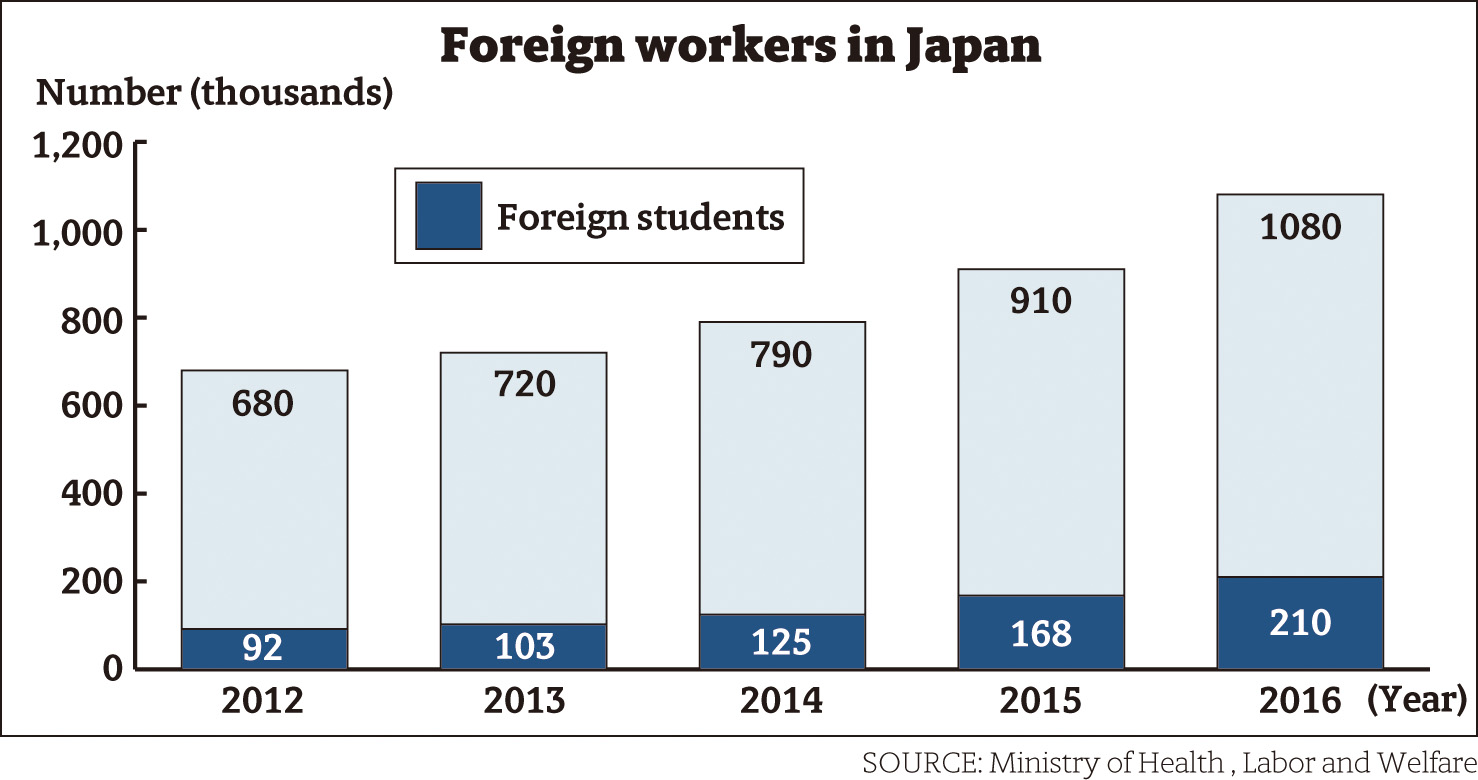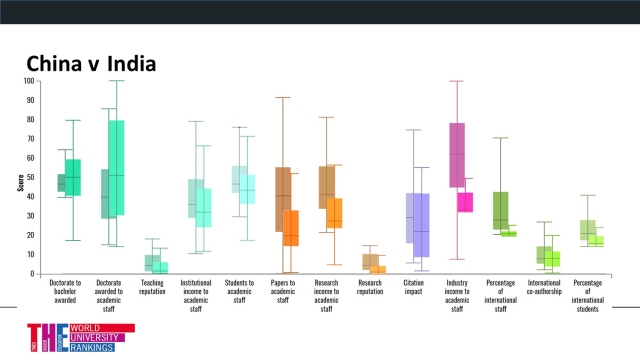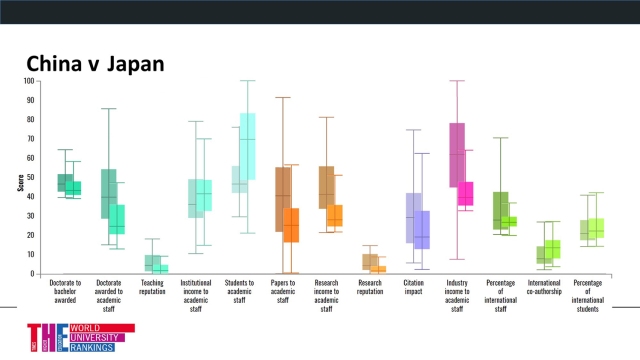Hello!
I follow the Japan Times pretty regularly, and an article came up a couple days ago discussing the number of foreign students who are working in Japan.

The article states that the Ministry of Education’s plan is to reach 300,000 foreign students by 2020, a plan which is well on its way. But it also discusses the policy behind work visas (which do no exist in Japan), and that foreigners with student visas are allowed to work 28 hours a week. Most foreign students are coming from China and Korea, with an increasing number from SE Asia, and they feel compelled to work. This may prevent them from reaching their educational goals. The students in the article are going through language school in preparation for IT or engineering programs. It seems language schools are feeders for unofficial, cheap foreign labor.
What the article doesn’t explain is what proportion of foreign students are genuinely working towards their education goals, and what proportion might be exploiting the system to work in Japan? How many foreign students make it through their language programs and into their higher education program of choice? How many do not make it and have to return home? I imagine, and the article states, that there is incentive to keep these foreign students in Japan to work the low-level jobs, but what are the long term implications if this “under the table” arrangement, especially if these students’ long-term educational goals are never realized?
I’m looking at you Hiro and Sho! And anyone else, of course 🙂
The link to the article is below.
http://www.japantimes.co.jp/community/2017/04/23/issues/cost-convenience-japan-foreign-students-work-instead-study/#.WP-934grKwc


